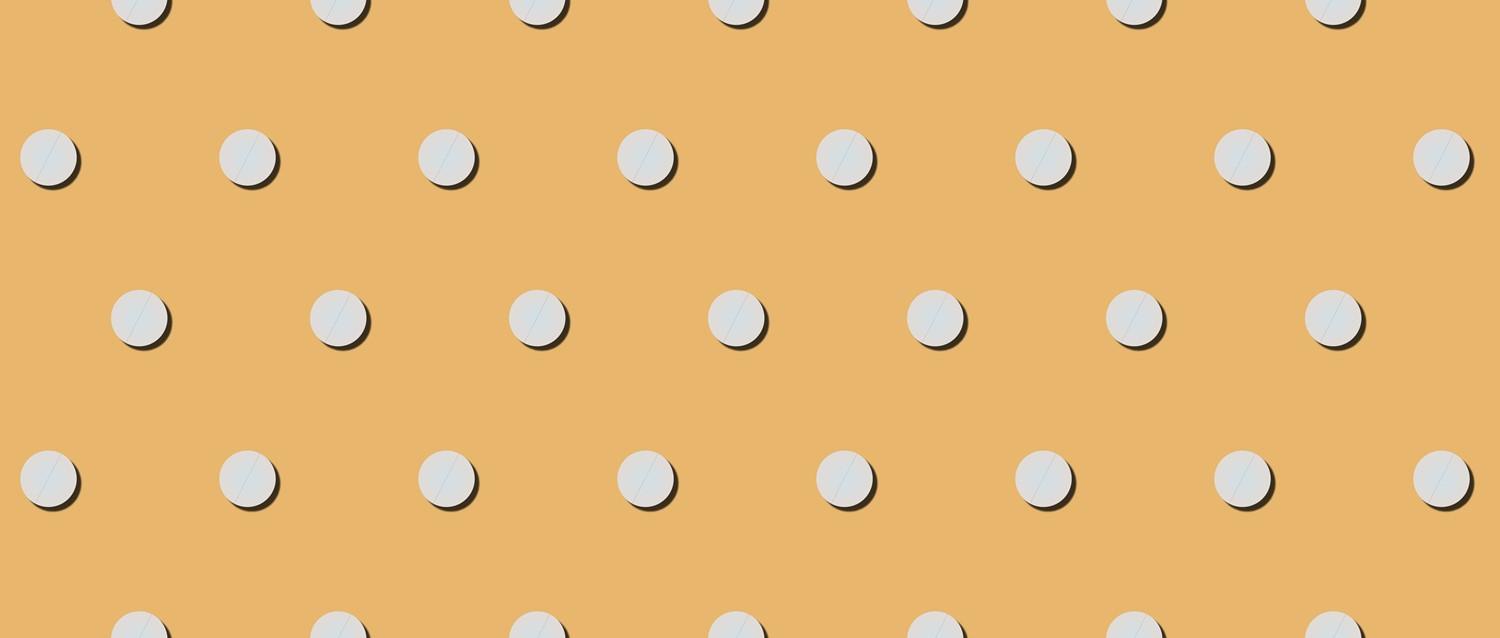
The truth about HRT
Peer reviewed by Dr Sarah Jarvis MBE, FRCGPAuthored by Sally TurnerOriginally published 3 Oct 2018
Meets Patient’s editorial guidelines
- DownloadDownload
- Share
- Language
- Discussion
Hormone replacement therapy (HRT) is effective in relieving the symptoms of menopause but has been beset with issues over safety, side-effects and misinformation. We examine the latest thinking on HRT and offer an insight into patient experience, separating fact from fiction.
In this article:
Women are likely to spend at least a third of their lives in their postmenopausal years and, due to diminishing levels of the hormone oestrogen, many will experience debilitating symptoms. The emergence of hormone replacement therapy (HRT) in the late 1960s was seen as a 'magic bullet', but its development has been beset with problems, particularly in relation to the perceived cancer risk. So where are we now in terms of the HRT revolution?
I assumed I'd hit 50 before menopause even registered on my radar, but I had my last period, unexpectedly, at 46. I began to suffer from night sweats, dry skin, sore joints, an inability to think clearly, and anxiety and depression, but it was the vaginal symptoms that were the most difficult to manage; I had a history of vulvodynia, but was managing the condition successfully and enjoying an active sex life. Now, at menopause, vaginal atrophy and fluctuating vaginal pH levels meant I was suddenly prone to bouts of thrush, bacterial vaginosis and urinary tract infections. Plus, I began to experience chronic vulval soreness and penetrative sex was excruciatingly painful.
I tried a range of natural therapies, organic lubes, vaginal dilators and Vagifem (a topical form of HRT that delivers a low dose of oestrogen directly to the vagina) but in my case it wasn't enough to resolve the problems. Desperate and miserable, I decided, on the advice of my gynaecologist, to try systemic HRT in the form of transdermal patches. The outcome was astonishing - within three months I was symptom-free and the bladder and vaginal issues had disappeared. It hasn't all been plain sailing - I'm allergic to some brands of skin patch, and I've had issues with ongoing breakthrough bleeding which has needed careful management and investigation - but, quite simply, HRT has given me my life back.
Experience of menopause varies widely and many women will have fewer symptoms and/or find other ways of managing the process. However, for women who are considering using it, here are the facts:
Continue reading below
Safety concerns
The hormones used in HRT (for menopause) are oestrogen and progestogen. Oestrogen-only therapy has been associated with a thickening of the lining of the uterus (in women who have not had hysterectomies) which can lead to uterine cancer, but the addition of progestogen effectively counters this risk.
Alarming reporting of the results of the 2002 Women's Health Initiative (WHI) - a large-scale study looking into HRT use after menopause - suggested there was a small but significant risk associated with its use. However, the data was subsequently re-evaluated and the risks were found to be much lower than initially thought. In 2015, the National Institute for Health and Care Excellence (NICE) published official guidelines on the management of menopause in accordance with new evidence-based studies.
"The latest research suggests that in the vast majority of women the benefits of HRT outweigh the risks, if started below the age of 60 and within ten years of the menopause," says Dr Hannah Short, a GP specialising in menopause management. "As well as reducing menopausal symptoms, HRT has beneficial effects on the heart, the bones and sometimes the brain. Risks such as the increased likelihood of breast cancer do not apply to women in premature menopause (under the age of 45) and its use should be encouraged until at least the average age of natural menopause at 51 years. HRT use should be evaluated on a yearly basis, and there are no arbitrary time limits on duration of use. Menopause care needs to be individualised care."
Dr Heather Currie, spokesperson for the Royal College of Obstetricians and Gynaecologists (RCOG) and past Chair of the British Menopause Society, agrees.
"Research has shown that HRT helps to manage symptoms and is safe for most women," she explains. "The breast cancer risk is higher the longer the treatment is used and reduces when HRT is stopped, and is thought to be due to promotion of breast cells which are already present rather than causing cancer."
The small risk of developing breast or ovarian cancer also depends on individual lifestyle factors such as smoking, alcohol consumption and body weight.
"HRT taken in tablet form carries a slightly increased risk of blood clots and stroke, which is not the case with HRT patches and gels, although the total risk is still very low in women under the age of 60," she adds.
Synthetic vs bio-identical and body-identical hormones
Much has been made in recent years about body-identical hormones, and plant-derived bio-identical hormones, as a more 'natural' alternative to synthetic versions, but this area needs further research and regulation to ensure standardisation, safety and efficacy.
"Bio-identical hormones are unregulated and lacking in safety data, whereas body-identical hormones are standardised and regulated by the Medicines and Healthcare products Regulatory Agency," says Short. "Body-identical oestrogen is often already prescribed first-line on the NHS, whereas body-identical progesterone is not. This may change as more safety data emerges, as it appears to demonstrate that body-identical progesterone is safer than the progestins from the breast cancer/blood clot risk point of view."
Continue reading below
Side-effects
Common side-effects of HRT include breast tenderness, breakthrough bleeding, allergy to skin patches, nausea and headaches - especially with HRT taken in tablet form.
"Women who have a history of headaches or migraine should be offered a transdermal form of HRT (gel/patch) to reduce this likelihood," advises Short. "Bilateral leg pain can occur in the first few weeks of HRT use but tends to settle. Some women do not tolerate some of the progestins (synthetic progesterone) particularly well and this can lead to PMS-type symptoms such as weepiness and irritability. In this case, it may be best to trial a different preparation."
Any new HRT treatment is worth using for at least three months before deciding whether or not a change is required, since initial side-effects often settle down.
"It can take a few months to see the full benefit," says Currie. "Exercising and eating a low-fat diet may help reduce side-effects such as leg cramps and breast tenderness. Vaginal bleeding may occur in the first six months, but should settle after that. Ongoing bleeding should always be reported to your GP."
Alternatives to HRT
HRT may not be suitable for women whose family medical history predisposes them to an increased risk of cancer or other associated health conditions. Many women prefer to manage menopausal symptoms through lifestyle changes, or natural or medical alternatives to hormone treatment.
"Try regular aerobic activities and low-intensity exercise such as yoga. Reducing your intake of caffeine and alcohol may help to reduce hot flushes and night sweats," says Currie. "Other options include cognitive behavioural therapy (CBT), alternative medicine, complementary therapies and non-hormonal medications such as clonidine or gabapentin for hot flushes."
"There are no natural products on the market that are as effective in managing menopausal symptoms as HRT," adds Short. "However, some phyto-oestrogens such as soya and red clover have demonstrated benefits in clinical trials, but data remains limited."
Continue reading below
Access to HRT
If you are menopausal and considering taking HRT your GP can advise. All GPs prescribing HRT should refer to the NICE guidelines for the latest information.
"Your GP should cover the benefits and risks over both the short-term (the next five years) and the longer term (beyond the next five years)," advises Currie. "It is important to discuss the symptoms being experienced, as well as family history of stroke, blood clots and breast cancer. Lifestyle factors such as the smoking and drinking habits and body weight of an individual should also be taken into account. Discussion should also include the different types, doses and routes of HRT which are available."
Patient picks for Menopause and HRT

Hormones
Poor social life linked to bone loss in postmenopausal women
Negative friendships and social relationships have been linked to bone loss in postmenopausal women in a new study.
by Milly Evans

Hormones
How long do the symptoms of menopause last?
Hot flushes, night sweats, mood swings, vaginal dryness, weight gain - they've all been linked to the menopause. But how do you know what's in store and how can you stop your symptoms from interfering with your life?
by Dr Sarah Jarvis MBE, FRCGP
Continue reading below
Article history
The information on this page is peer reviewed by qualified clinicians.
3 Oct 2018 | Originally published
Authored by:
Sally TurnerPeer reviewed by
Dr Sarah Jarvis MBE, FRCGP

Ask, share, connect.
Browse discussions, ask questions, and share experiences across hundreds of health topics.

Feeling unwell?
Assess your symptoms online for free
Sign up to the Patient newsletter
Your weekly dose of clear, trustworthy health advice - written to help you feel informed, confident and in control.
By subscribing you accept our Privacy Policy. You can unsubscribe at any time. We never sell your data.